In recent years, the construction industry has witnessed a remarkable transformation with the emergence of nano building materials. These materials, engineered at the molecular level, possess exceptional characteristics that enhance structural integrity, longevity, and environmental sustainability in buildings and infrastructure. This article explores the benefits and applications of these innovative materials and their potential to reshape the future of construction. 1. Enhancing Strength and Durability: Nano building materials offer significantly improved strength and durability compared to traditional counterparts. By manipulating their molecular structure, developers can strengthen materials like concrete, steel, and glass, resulting in buildings that can withstand extreme forces, climate change impacts, and natural disasters. These materials exhibit higher resistance to corrosion and erosion and have an extended lifespan, reducing maintenance and repair costs over time. 2. Enhanced Thermal and Acoustic Insulation: One of the key advantages of nano building materials lies in their exceptional thermal and acoustic insulation properties. Incorporating nanoparticles into materials like insulation panels and coatings enables superior heat regulation, reducing the need for excessive heating or cooling systems.
.
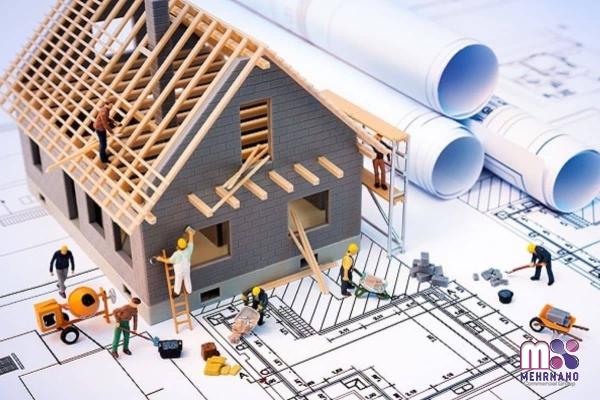 This ensures energy efficiency, lowers utility bills, and contributes to a greener and more sustainable built environment. The excellent sound absorption capabilities of these materials also contribute to creating quieter and more comfortable spaces. 3. Improved Fire Resistance: Fire accidents pose a significant threat to human lives and structures. Nano building materials provide a solution by improving fire resistance without compromising on other desirable properties. Nanoparticles can be added to materials like gypsum boards and fire-resistant coatings, creating a protective layer that retards flames, slows temperature rise, and reduces smoke emissions. This advancement enhances fire safety and buys valuable time for evacuation and firefighting efforts. 4. Anti-bacterial and Self-cleaning Surfaces: Nano building materials have opened doors to revolutionize hygiene in the construction industry.
This ensures energy efficiency, lowers utility bills, and contributes to a greener and more sustainable built environment. The excellent sound absorption capabilities of these materials also contribute to creating quieter and more comfortable spaces. 3. Improved Fire Resistance: Fire accidents pose a significant threat to human lives and structures. Nano building materials provide a solution by improving fire resistance without compromising on other desirable properties. Nanoparticles can be added to materials like gypsum boards and fire-resistant coatings, creating a protective layer that retards flames, slows temperature rise, and reduces smoke emissions. This advancement enhances fire safety and buys valuable time for evacuation and firefighting efforts. 4. Anti-bacterial and Self-cleaning Surfaces: Nano building materials have opened doors to revolutionize hygiene in the construction industry.
..
 These innovations can selectively prevent the growth of bacteria, viruses, and fungi on surfaces. The integration of nanoparticles into paints, coatings, and tiles inhibits the proliferation of harmful microbes, reducing the risk of infectious diseases and improving indoor air quality. Additionally, self-cleaning surfaces become possible due to the hydrophobic nature of nanomaterials, preventing dirt and pollutants from adhering and simplifying maintenance routines. 5. Sustainable Construction Practices: The environmental impact of construction has been a growing concern. Nano building materials contribute to sustainable construction practices by reducing energy consumption, waste generation, and the need for constant maintenance. Improved strength and durability result in longer-lasting structures, reducing the frequency of replacements and the carbon footprint associated with construction activities.
These innovations can selectively prevent the growth of bacteria, viruses, and fungi on surfaces. The integration of nanoparticles into paints, coatings, and tiles inhibits the proliferation of harmful microbes, reducing the risk of infectious diseases and improving indoor air quality. Additionally, self-cleaning surfaces become possible due to the hydrophobic nature of nanomaterials, preventing dirt and pollutants from adhering and simplifying maintenance routines. 5. Sustainable Construction Practices: The environmental impact of construction has been a growing concern. Nano building materials contribute to sustainable construction practices by reducing energy consumption, waste generation, and the need for constant maintenance. Improved strength and durability result in longer-lasting structures, reducing the frequency of replacements and the carbon footprint associated with construction activities.
…
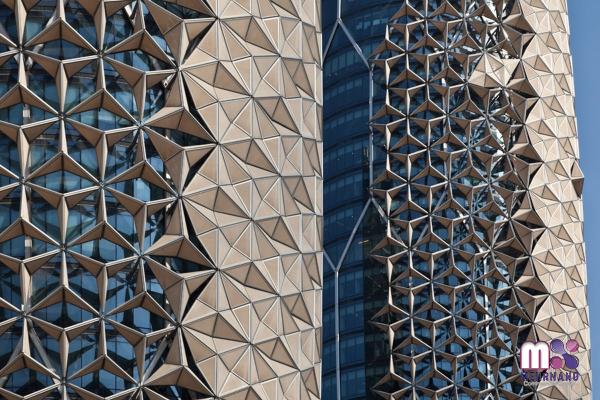 Furthermore, utilizing nanomaterials in concrete can significantly reduce cement content and, subsequently, the carbon emissions produced during its manufacturing. Conclusion: Nano building materials offer unparalleled opportunities for the construction industry to innovate, improve efficiency, and address pressing challenges. Along with remarkable strength, durability, and resilience, these materials provide enhanced thermal insulation, fire resistance, anti-bacterial properties, and sustainable attributes. As builders and engineers continue to explore the vast potential of nanotechnology, we can anticipate a future where safer, energy-efficient, and eco-friendly buildings become the norm. Embracing these transformative materials is crucial for the industry to pave the way for a sustainable and resilient built environment.
Furthermore, utilizing nanomaterials in concrete can significantly reduce cement content and, subsequently, the carbon emissions produced during its manufacturing. Conclusion: Nano building materials offer unparalleled opportunities for the construction industry to innovate, improve efficiency, and address pressing challenges. Along with remarkable strength, durability, and resilience, these materials provide enhanced thermal insulation, fire resistance, anti-bacterial properties, and sustainable attributes. As builders and engineers continue to explore the vast potential of nanotechnology, we can anticipate a future where safer, energy-efficient, and eco-friendly buildings become the norm. Embracing these transformative materials is crucial for the industry to pave the way for a sustainable and resilient built environment.


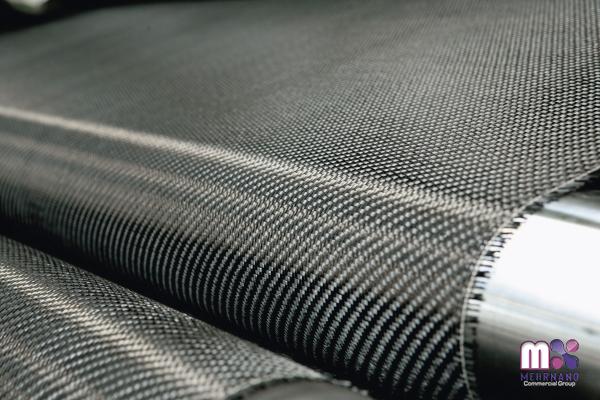





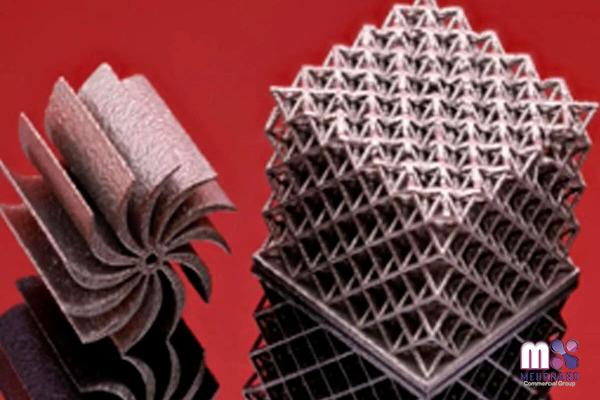
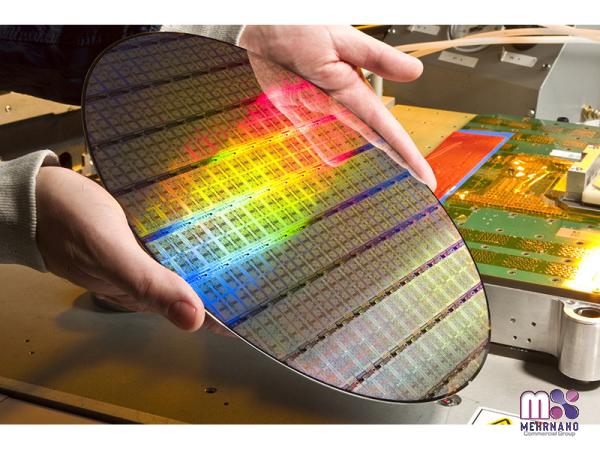

Your comment submitted.